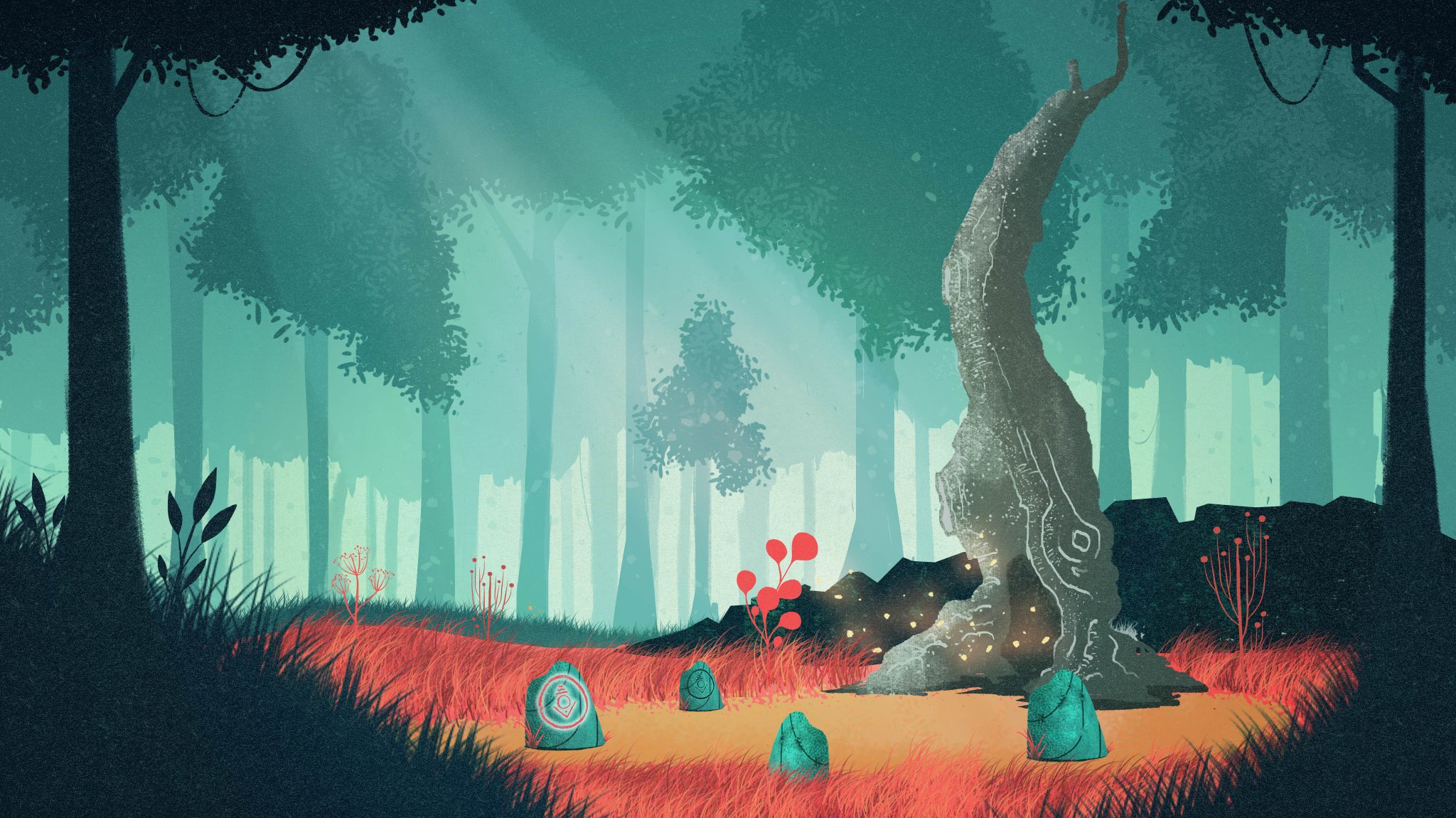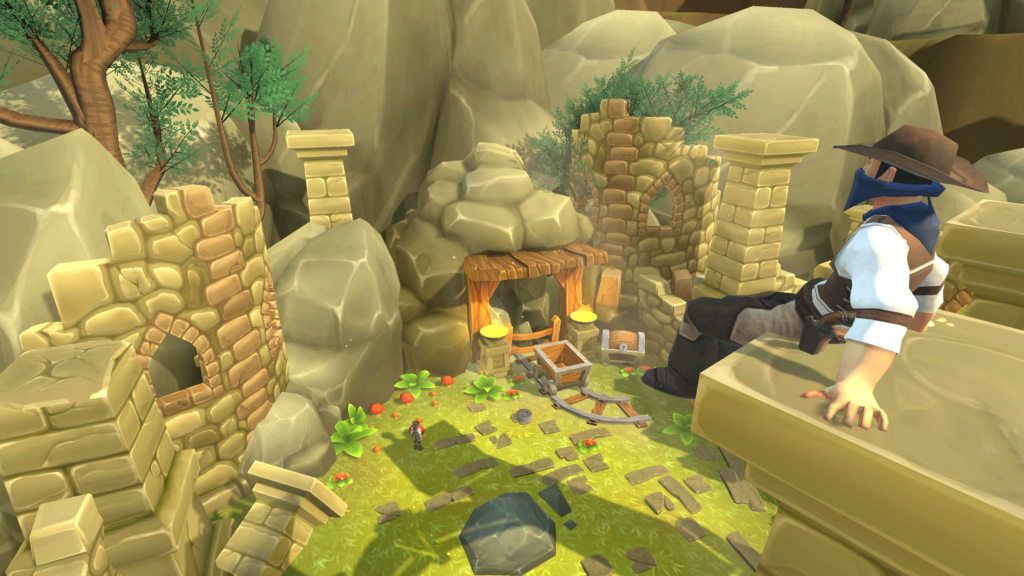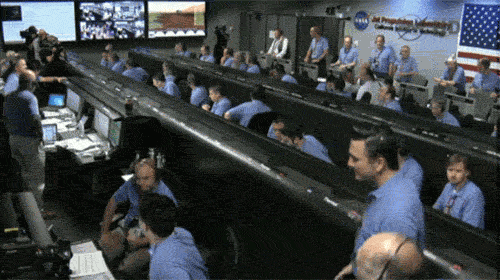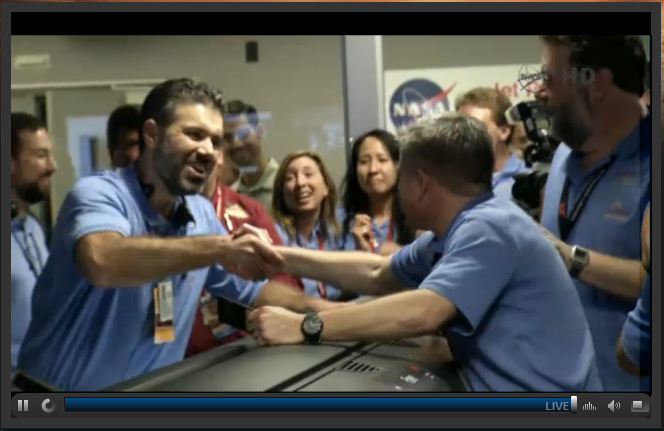As some of you may know, Shane (my other half and sometimes blogger for Tosche Station) has been working out in New Mexico for the last few months, and since fall break was this week, I traveled out to see him, and we took the opportunity to investigate some of the geeky offerings that New Mexico has to offer, and I have been dispatched to share them with you.
We stayed mostly in the Albuquerque area, but the first thing we did was visit the Very Large Array, the world’s largest radio telescope. 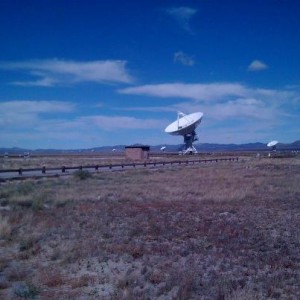 It’s recently been upgraded into the Expanded Very Large Array (they’re really sticking with the imaginative names here), in order to revamp and bring the technology up to state of the art. Made up of 27 giant antennas that can be moved around three 21 mile long tracks, the VLA also serves as the control center and part of the Very Large Baseline Array, an array of telescopes that connects radio telescopes from Hawaii to the Caribbean to create one giant, continental radio telescope. You can tour the VLA most days if you’re in the area, but if you don’t find yourself in New Mexico, you can take a virtual tour via the National Radio Astronomy Observatory’s website. If you do go in person, know that once you get outside of Socorro, you should go ahead and turn off your cell phone; you’ll drain your battery as it searches for a signal, and when you get to the VLA, you have to turn off your cell phone and any other devices that might transmit radio signals, as they can interfere with observations (though turning your cell phone to airplane mode will allow you to be able to take pictures at the site).
It’s recently been upgraded into the Expanded Very Large Array (they’re really sticking with the imaginative names here), in order to revamp and bring the technology up to state of the art. Made up of 27 giant antennas that can be moved around three 21 mile long tracks, the VLA also serves as the control center and part of the Very Large Baseline Array, an array of telescopes that connects radio telescopes from Hawaii to the Caribbean to create one giant, continental radio telescope. You can tour the VLA most days if you’re in the area, but if you don’t find yourself in New Mexico, you can take a virtual tour via the National Radio Astronomy Observatory’s website. If you do go in person, know that once you get outside of Socorro, you should go ahead and turn off your cell phone; you’ll drain your battery as it searches for a signal, and when you get to the VLA, you have to turn off your cell phone and any other devices that might transmit radio signals, as they can interfere with observations (though turning your cell phone to airplane mode will allow you to be able to take pictures at the site).
For more geeky adventures, click to the jump. Continue reading →

